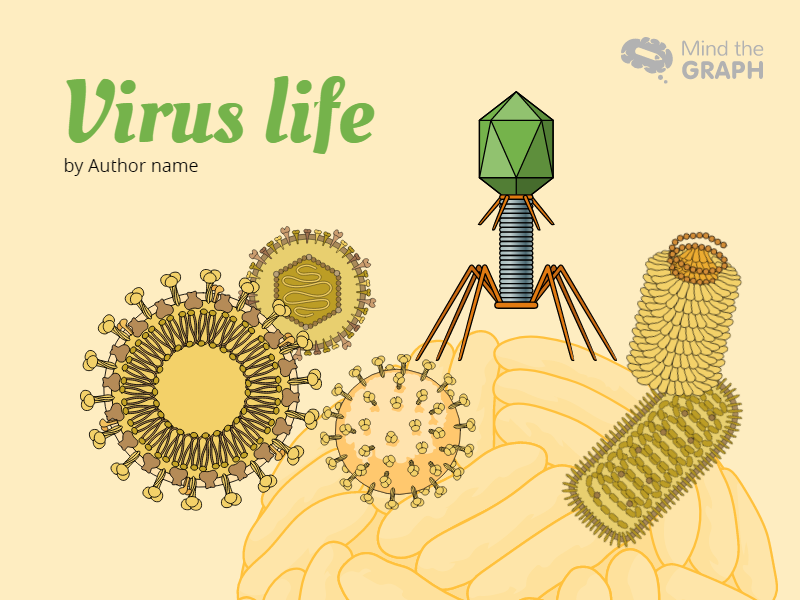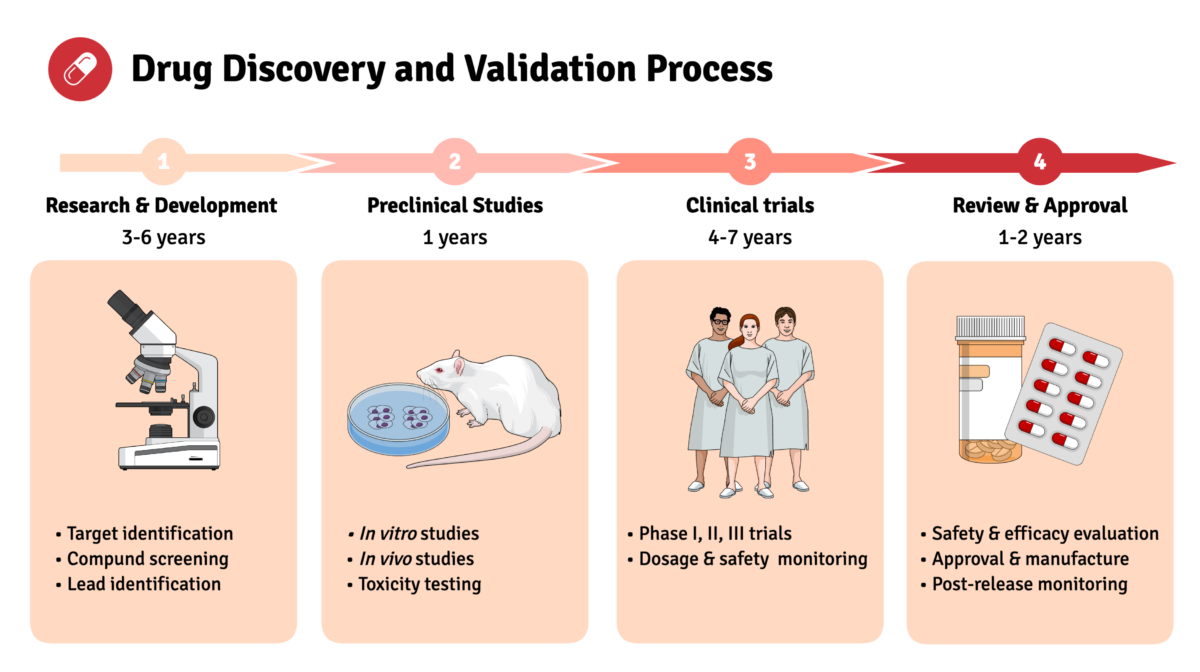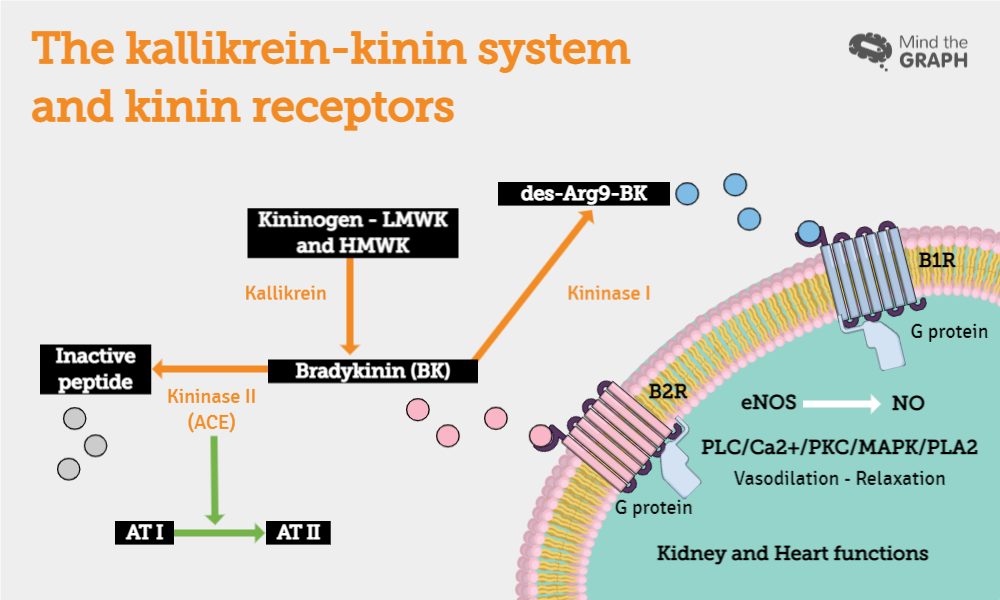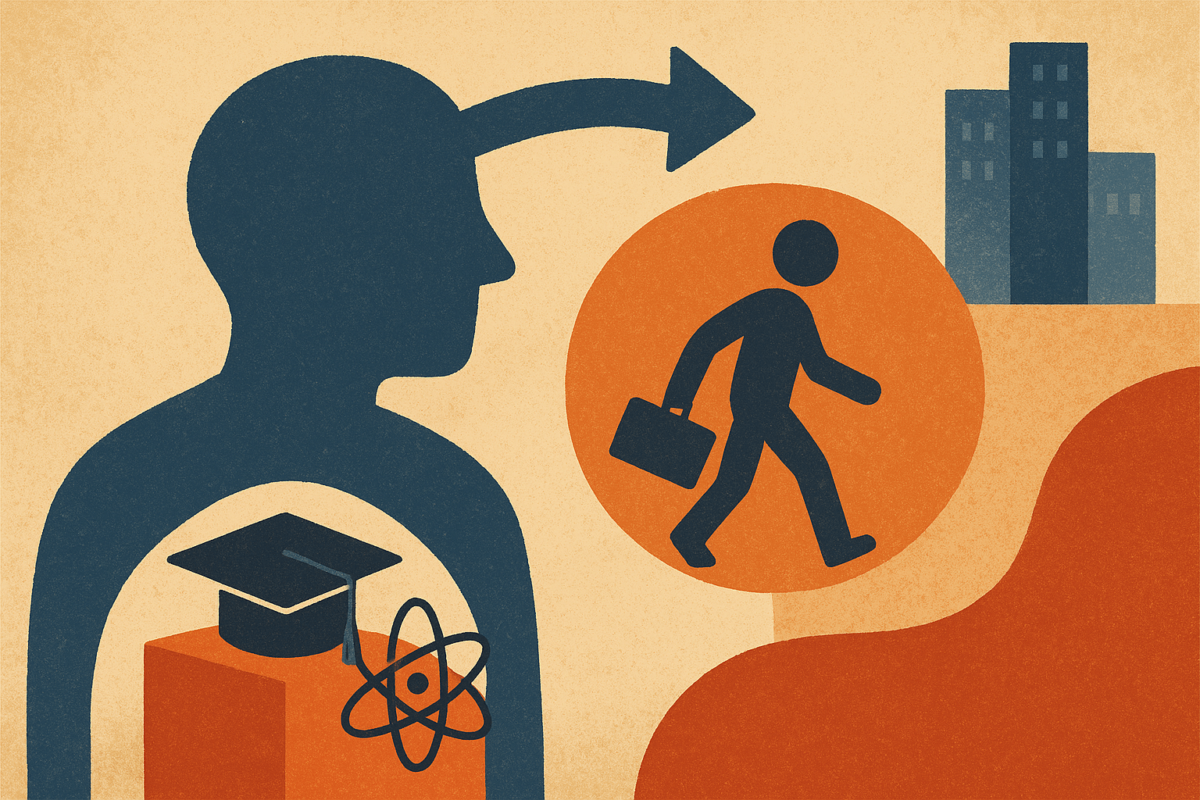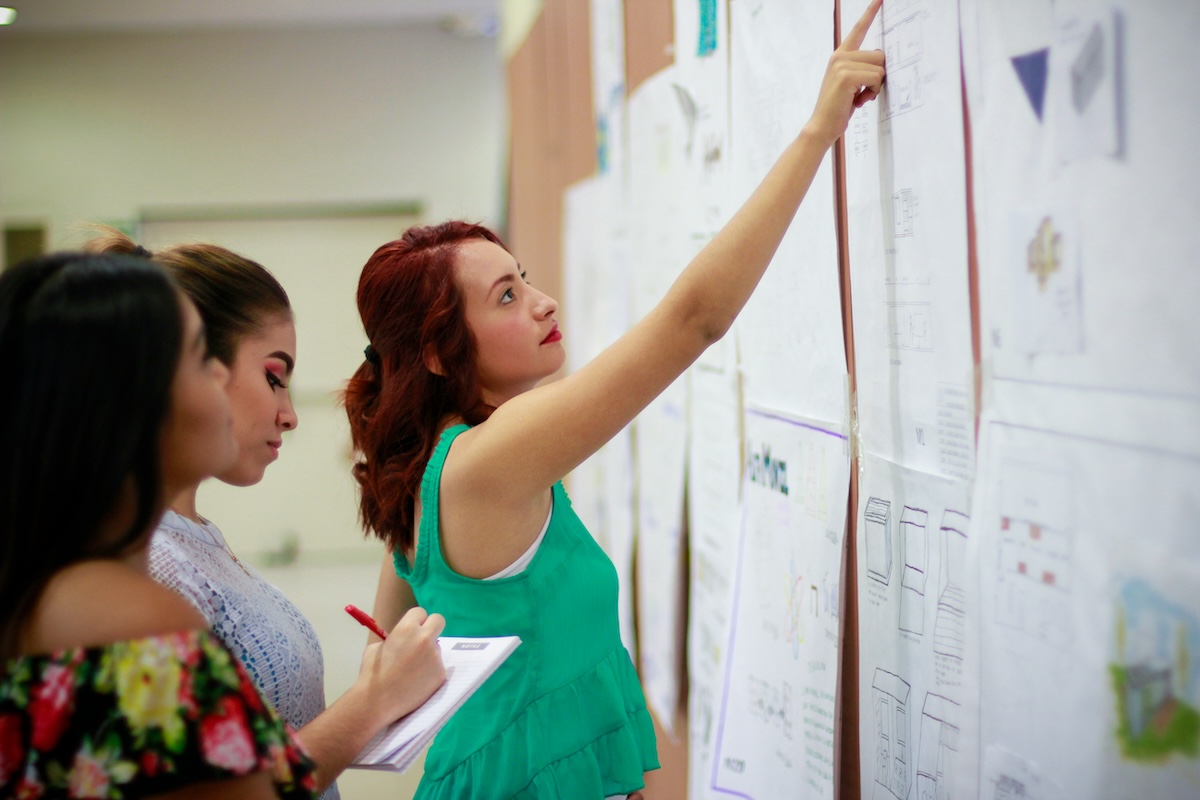 #Careers
#Careers
“I always suspected that a good scientist could be a good entrepreneur”
Fabrício Pamplona, founder of four startups, reflects on his transition from academia to entrepreneurship and the impact of visual communication on science
 Fabrício Pamplona, an entrepreneur with a PhD in pharmacology, advocates for the use of visual communication to expand the reach and impact of science | Image: Personal Archive
Fabrício Pamplona, an entrepreneur with a PhD in pharmacology, advocates for the use of visual communication to expand the reach and impact of science | Image: Personal Archive
Over a decade ago, a lecture by Duke University scientist Miguel Nicolelis had a profound impact on pharmacologist Fabrício Pamplona. At the Campus Party event, Nicolelis gave a presentation that according to Pamplona, did not do justice to the remarkable legacy of the US-based Brazilian neuroscientist.
“It was cool to watch the lecture,” says Pamplona, who has a PhD in pharmacology from the Federal University of Santa Catarina (UFSC). “But the slides were very ugly,” he recalls frankly.
At the time, Pamplona had just founded his first company, Mind The Graph, which offers visual communication services for researchers working in various fields of knowledge.
Nicolelis’s slides made Pamplona reflect and reach a conclusion: “The crisis is aesthetics,” he jokes. “Even a guy of that level, a world-famous researcher… His slides were ugly.”
Inspired not only by unappealing presentations like the neuroscientist’s, but also by the possibility of developing new products, accessing more resources, and disseminating science, Pamplona abandoned an important research position in the private sector, which he had taken after completing his doctorate at the Max Planck Institute of Psychiatry in Germany.
In an interview with Science Arena, Pamplona (who has founded four startups, sold two, and now works as a consultant and mentor for other founders, particularly in pharmacology and at companies developing go-to-market strategies for health products) talks about entrepreneurship and the role of visual communication in science communication.
Science Arena – What was the turning point in your life that pushed you toward entrepreneurship?
Fabrício Pamplona – Firstly, I felt a certain discomfort with the path of an academic career, especially in Brazil, where right from the start, you are already very close to the highest position you can reach. I also had a wide range of interests and I did not feel that university would be the right environment to develop them.
While I was doing my sandwich PhD at the Max Planck Institute of Psychiatry in around 2007, a startup was created at one of the laboratories. I was impressed. For me it was a different professional approach for scientists, through which they can do cutting-edge research, develop products, and impact society. I came back to Brazil feeling like it was a career path with greater potential for return, and where I could have more freedom.
I saw happier people at startups than in academia.
How did your scientific background help you in your journey to found a company in the field of visual communication?
I always liked communication—in fact, I almost applied to study journalism. The design thinking methodology for creating businesses and products was just emerging while I was still in the academic world. It got me interested in design and I was super curious about this new approach.
Infographics are something that have attracted me since I was a child, I read Superinteressante and Mundo Estranho [news magazines], and they influenced me a lot. Creating businesses has a lot to do with design thinking and lean startup, two methodologies for creating products and building businesses.
What do these methodologies involve?
They use ideas as hypotheses and test them with the target audience. You draw a conclusion from that test, refine the hypothesis, and develop the product based on the opinions of others. When I saw that, I thought, “that’s the scientific method!” If this is how a startup can be created, then I know how to create one.
I always suspected that a good scientist could be a good entrepreneur, but I decided to transition and go through this journey myself, because the logic was the same as scientific thinking.
Exemplos de templates, infográficos e slides desenvolvidos pela Mind the Graph | Imagens: mindthegraph.com
What are the main obstacles faced by researchers trying to visually communicate their work?
It is difficult to find creative ways to communicate abstract elements, such as molecules, or intangible concepts and thoughts. And even when you have an idea of how to do it, there is often a lack of resources. There is a shortage of skills in this area, so scientists typically seek out pre-produced options, such as existing templates and illustrations.
Mind The Graph took advantage of this, knowing that in the absence of skills, researchers will look for resources. We provide the resources so that they can put together a presentation and be able to communicate.
What I noticed, working with potential clients, scientists, and in my own experience, is that the available resources were not reliable. Google images are not necessarily correct, and most of the time you cannot use them due to copyright issues. When you find something you can use, every image is of a different style. When you combine them all together in one document, it looks ugly, it looks amateurish.
Why is it important for scientists to develop visual communication skills?
One thing is the question of personal branding, of recognition. But mainly it is because images speak louder than words, as the saying goes.
In science, where there is so much technical jargon and so many barriers to written communication, images are a way of summarizing things very quickly in a visually appealing and attractive way, so that the information can reach more people. It is a matter of commitment to the impact of research, especially outside academia.
Images created using artificial intelligence have taken over social media and AI tools are increasingly being used in the process of writing academic papers. What role do you believe AI will play in the visual communication of science?
Artificial intelligence can help scientists communicate visually, but it is being misused. The thing is that it is only intelligent to the extent that we give it intelligence.
I am a big believer in AI as a tool to get things done, but the instructions we give these tools need to be carefully crafted.
At Mind The Graph, we want to create images from text (prompts). The client will be able to create an image in our style, but which does not yet exist in the company’s library.
The biggest challenge is making sure that the images are scientifically correct. So we are training the AI and that is a long process.
Humans are still needed to double-check the content. Robots do not yet do this in a way that can be considered scientifically reliable.
I believe that collaboration between intelligences is the best way to increase the scale of what we produce while maintaining a reliable standard.
Could this be the way to achieve my biggest dream, that people consume science as if they were reading a comic book?
*
This article may be republished online under the CC-BY-NC-ND Creative Commons license.
The text must not be edited and the author(s) and source (Science Arena) must be credited.
